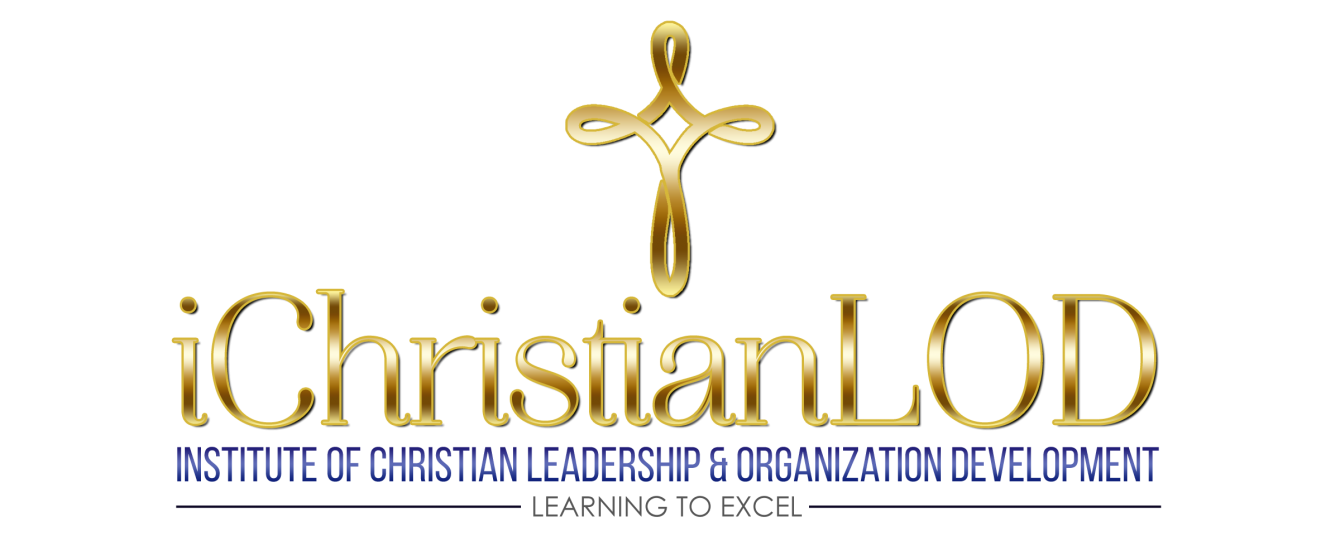
Organization Synergist (OS)
Theorists agree that having a strong stable culture is a component to organizational effectiveness and lasting performance. It stabilizes the organization by providing a sense of purpose and predictability for those who participate in the organization. Stabilization can, however, become a liability in a world of constant and rapid change, such as in this 21st Century information Age. The solution to this contradictory relationship lies in the creation of a stable learning-oriented culture, that is both adaptive and flexible, and where leaders themselves are perpetual learners, who learn themselves and train others to respond to their rapidly changing environments on a situational basis (Schein, 2010).
Characteristics of the learning culture
This learning culture would adopt the assumption of proactive problem solving and learners. Everyone in the organization would be a problem solver and learner that the leader could call upon. And because of the rapidity and complexity of environmental changes needing to be addressed in a face-paced environment, such as new regulations or technologies, the focus of organizational commitment would be on learning and individualized problem solving (Schein, 2010).
The underlying cultural assumption for the learning culture would be that learning, and mastering the learning process are skills worthy of pursuit. Three focal points of learning would be: learning about changes in the external environment, learning about successfully managing internal relationships, and learning how well the organization has adapted to changes in the external environment. The master key to learning, however, would be requested feedback, and seeking and asking for help. Another key to the learning culture is innovation, finding new ways of doing things, with a high value placed on reflection and experimentation. Even failure would be seen as an opportunity to learn (Schein, 2010).
Assumptions about human nature would align with McGregor’s Theory Y, which believes that employees are imaginative, intelligent, willing to exercise self-control, and contributing to organizational goals when the opportunity is given to them (Daft, Marcic, 2011). Theory Y employees embrace the assumption that the environment, although changing, is manageable. They believe that change is manageable, so they do not fear change. This becomes even more acceptable in light of the fact that everyone is a problem solver, and that adaptation is itself seen as a learning process (Schein, 2010).
The learning culture will share the assumption that truth is found as a result of commitment, inquiry, and search, and not to be found in any one source. Truth can be found in science, experience, experimentation, and other cultures. In the learning culture, leaders will no longer be expected to have all the answers. Learning will be a shared responsibility by everyone in the organization (Schein, 2010).
Because of the speed of environmental change, assumptions relating to time orientation in the learning culture will necessitate analyzing the near and farther future. Communication and information sharing must be such that everyone has access to the people and information they need in order to successfully solve their problems. Information flow will be task-relevant, and based upon trust between the parties. There will be a solid commitment to effective diversity throughout all organizational levels, where diversity will be optimized by purposeful coordination mechanisms and mutual cultural understanding (Schein, 2010).
It will be assumed that the world is becoming more complex, requiring a commitment to systemic thinking, forsaking the simple linear causal logic. Cultural analysis will be deemed an important mechanism to understand the nature of various groups and organizations, and how they accomplish what they do (Schein, 2010).
Characteristics of learning leaders
There are five characteristics learning leaders must possess: perception and insight, motivation, emotional strength, cultural innovation, and participatory influence.
Perception and insight
Cultural assumptions are unconscious beliefs and values that are shared by the members of an organization that determine behavior, perception, thought, and feelings of the members of that organization. Because they are unconscious, the learning leader must learn to be perceptive in understanding the concept of cultural issues. This includes how to analyze, impact, and/or change the dysfunctional elements of a culture. Driskill and Brenton (2011) explain that cultural elements are not the culture itself; they only create the culture and reveal it. This means that the leader must possess the skills to observe cultural elements, which could be symbols, stories, values, artifacts, rituals, or rules, and discern insightful meanings as to what those elements say about the underlying assumptions of its members, how those assumptions are manifested in the attitudes of its members, and the impact of those assumptions on the success or failure of the organization. Driskill and Brenton call these elements, “surface manifestations of culture that offer insights into deeper layers of assumptions and values” (Driskill, Brenton, 2011, p.41).
Motivation
Learning leaders must be self-motivated purpose-driven people, motivated by their commitment to the well-being and success of the organization and its members. This commitment to the organization becomes the impetus for initiating the painful process of confronting cultural issues associated with one’s own organization, and beginning the arduous task of cultural and human behavioral changes that are accomplished through unfreezing, intervention, refreezing, and implementation (Daft, Marcic, 2011). Schein states that these leaders must learn to skillfully communicate their dedication and commitment to the organization and to others, above and beyond their own personal success (Schein, 2010).
Emotional strength
People resist change for a variety of reasons. They may believe the change will conflict with their own self-interests in some way. They may lack an understanding about the change and trust. There may be levels of uncertainty regarding the change. Some may worry that the change may differ from their own goals and plans (Daft, Marcic, 2011). Attempts to change organizational culture will produce anxiety as predictability is removed, and subject the leader to be a target of member anger, discontentment, and criticism. The leader must learn to be thick-skinned, capable of bearing the targeted abuse, and always ready to re-communicate the well-being of the organization as the primary reason for the proposed change (Schein, 2010).
Ability to change the cultural assumptions
Any cultural assumption that is being targeted for replacement, must be replaced or redefined by the learning leader, with a new innovative value or concept, which must be skillfully reiterated to its members. The leader must therefore not only possess the ability to know what is culturally inadequate, but he or she must also have the ability of deciding what the proper assumption should be, and successfully ensuring that the new assumption is properly embedded into the organizational culture (Schein, 2010).
Ability to create involvement and participation
The learning leader must be fully engaged in the process with others in the organizational community, by learning to genuinely listen to their concerns and solicit their insights, ensuring them that their concerns are important to him. Schein states that the end result of cultural change is that the assumption is redefined in the minds of its members, which will require full and active participation on their part. This will require skillful relationship management on the part of the learning leader, and humility in recognizing that he or she does not possess all the answers (Schein, 2010).
References
Daft, R.L., Marcic, D. (2011). Understanding management 7th edition. South-Western Cengage
Learning. Mason, OH 45040.
Driskill, G.W., Brenton, A.L. (2011). Organizational culture in action a cultural analysis
workbook 2nd edition. Sage Publications, Inc. Thousand Oaks, CA 91320.
Schein, E.H. (2010). Organizational culture and leadership fourth edition. John Wiley & Sons,
Inc. San Francisco, CA 94103-1741.
Please follow and like us:
 We all know what it feels like to have a great idea that we know will absolutely make the organization better; and then comes the opposition. When opposition shows up, we brace ourselves for the battle that we knew would come. There is a different perspective and approach to opposition that can make you a more effective leader, in addition to helping you accomplish your goals. As Daft and Marcic (2011) explain, this approach begins by understanding the four major reasons that people resist change in the first place (Daft, Marcic, 2011):
We all know what it feels like to have a great idea that we know will absolutely make the organization better; and then comes the opposition. When opposition shows up, we brace ourselves for the battle that we knew would come. There is a different perspective and approach to opposition that can make you a more effective leader, in addition to helping you accomplish your goals. As Daft and Marcic (2011) explain, this approach begins by understanding the four major reasons that people resist change in the first place (Daft, Marcic, 2011):

